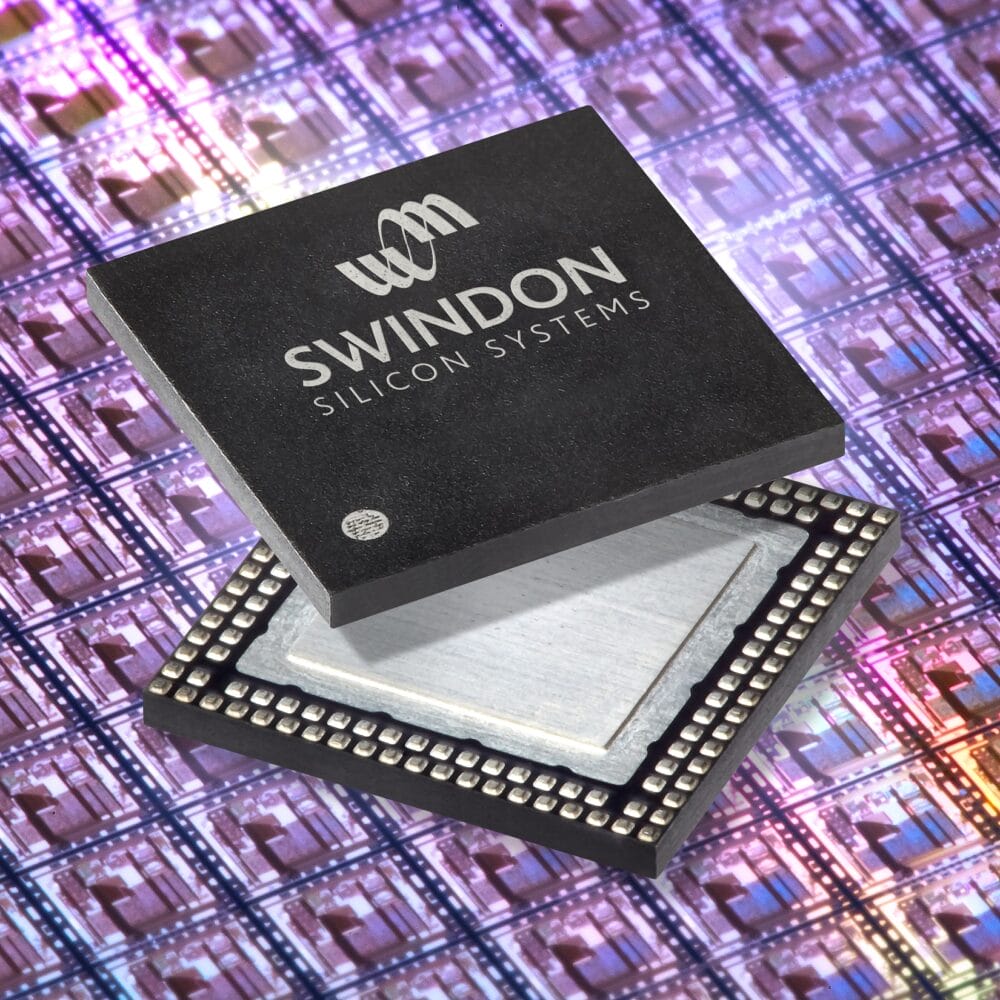~ Optimised image sensors will be crucial for automated quality inspection ~
Serving as the eyes of modern machinery, optical image sensors are integral to machine vision technology, allowing equipment to “see” its surroundings and act accordingly. In this article, Ross Turnbull, Director of Business Development and Product Engineering at ASIC design and supply company Swindon Silicon Systems, explains how an Application Specific IC could help drive machine vision technology to the next level.
In today’s competitive landscape, manufacturers face an ever-increasing demand for improved efficiency and cost-effectiveness, with no compromise on final product quality. But how can you validate every single item in a timely and economical manner?
Performing detailed manual inspections would require resources simply unattainable for most manufacturers. This is where machine vision comes in. Machine vision technology makes use of optical image sensors to capture visual information, essentially giving our devices the ability to “see”. These images are then analysed in real-time, enabling machinery to independently analyse its surroundings and make decisions accordingly.
Within inspection and process control in particular, machine vision is quickly establishing itself as a vital technology. While previous iterations of machine vision were somewhat rudimentary, only capable of recognising one specific shape or attribute, modern machine vision offers far more functionality. Advancements in optical image sensor technology and AI mean that machines can now capture detailed, high-resolution images to provide data on a wide variety of parameters, as well as meaningful insights into the manufacturing process as a whole.
Implementation of other tools, such as X-ray and thermal imaging equipment, means it’s possible to even go beyond the surface of the test subject. This is particularly relevant to critical applications, where even the tiniest internal flaw could result in component failure. Thus, manufacturers are provided with a comprehensive view of their product, far beyond what could be seen by the human eye alone.
Looking ahead to the next era of industrialisation, it’s likely that machine vision will play an even greater role. With a collaborative workforce of both humans and robots set to be one of the major pillars of Industry 5.0, giving these robots ‘vision’ will be crucial. Not only will it ensure safety of human co-workers, but it’ll also mean that the robots can be reactive to their surroundings, adaptable enough to work across multiple processes as demand requires.

Current challenges
Though significant progress has been made in optical imaging technology, there are still limitations when it comes to machine vision applications. An essential element of the machine vision system is the sensor interface. This is essentially the system between the physical sensor and the data output to the user. The exact composition of the sensor interface will depend on the application, but it generally consists of an analogue front end, signal conditioning and processing and communication protocols. To complete these tasks, it’s possible to use one or more standard integrated circuits (ICs).
But relying on these standard ICs can be problematic. Lack of customisability means it can be hard to find the ideal solution for specific applications. Furthermore, sub-optimal system design or performance could limit the machine’s ability to make decisions as quickly and accurately as desired.
For more accurate decision-making using the lowest possible power, it’s preferable to opt for a bespoke IC over a standard IC. This comes in the shape of an Application Specific IC or ASIC. Each ASIC is designed specifically for the task at hand. Whether the goal is to optimise for low-light conditions or shorten response times, ASIC design allows for a more efficient chip but also one that’s developed for its designated purpose.
Sensor-specific conditioning processes may be included to maximise the effectiveness of the image sensor, helping to improve image quality and therefore the quality of resultant data. The benefit of this is a more accurate system, helping manufacturers ensure that only the best quality product leaves the plant.
It’s clear that the use of autonomous technology will continue to grow, particularly as Industry 4.0 methodologies mature and we look to the next era of industrialisation. As we look to build more sophisticated machinery that has the ability to not only think, but also see for itself, optical image sensors will be vital. Integration of custom electronics will help overcome shortcomings of today’s systems, but will be vital in advancing them for the future.








